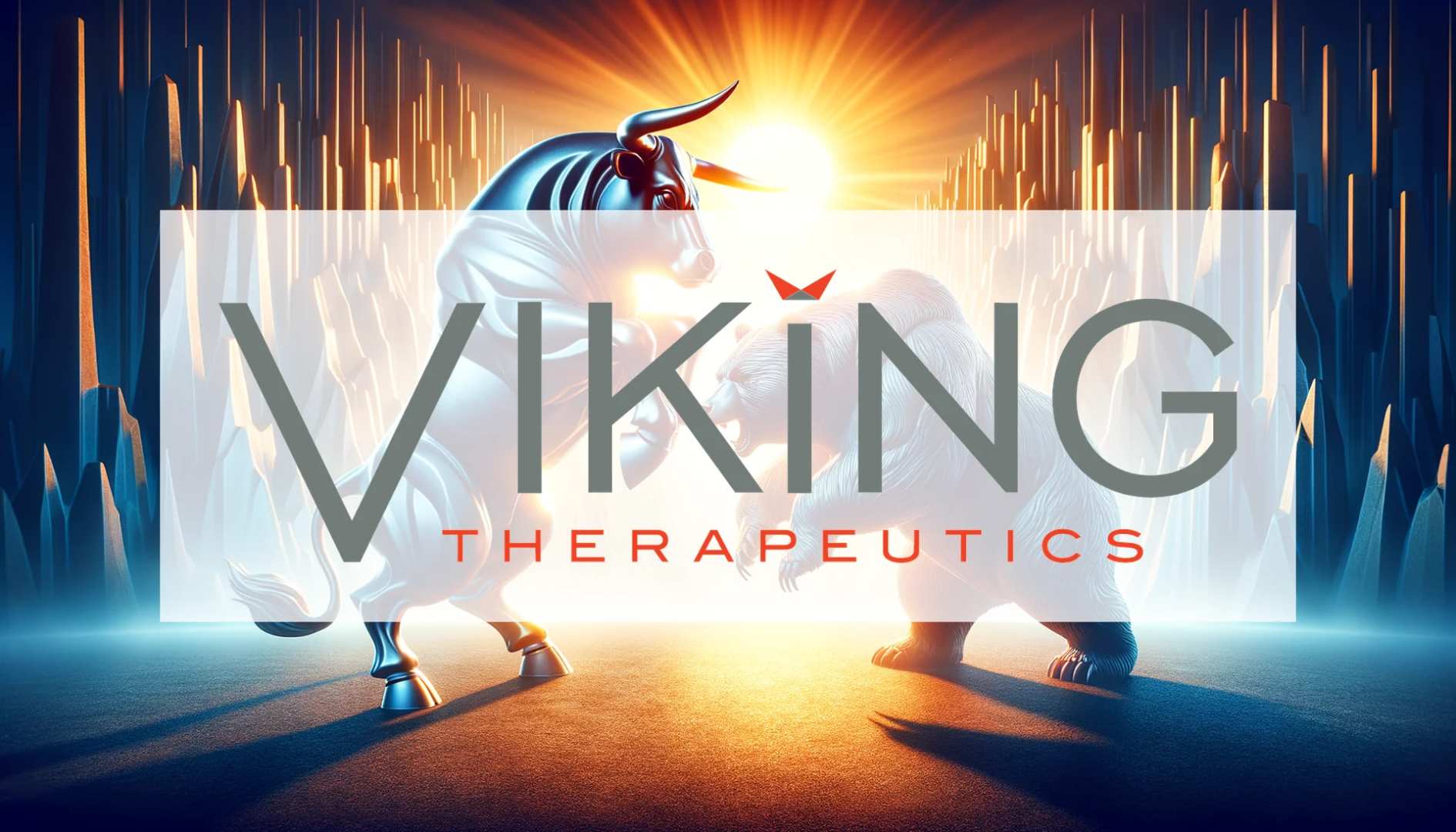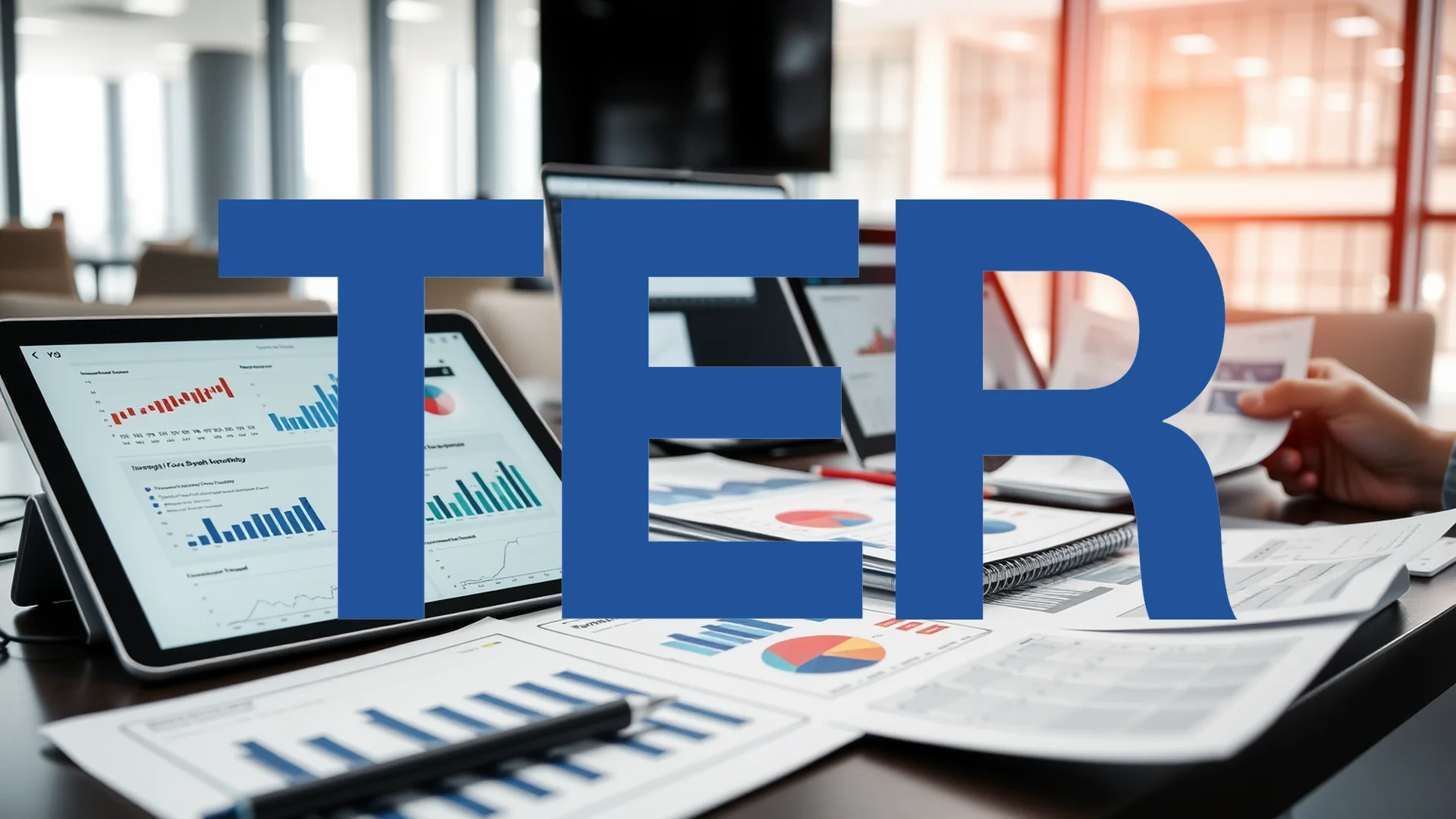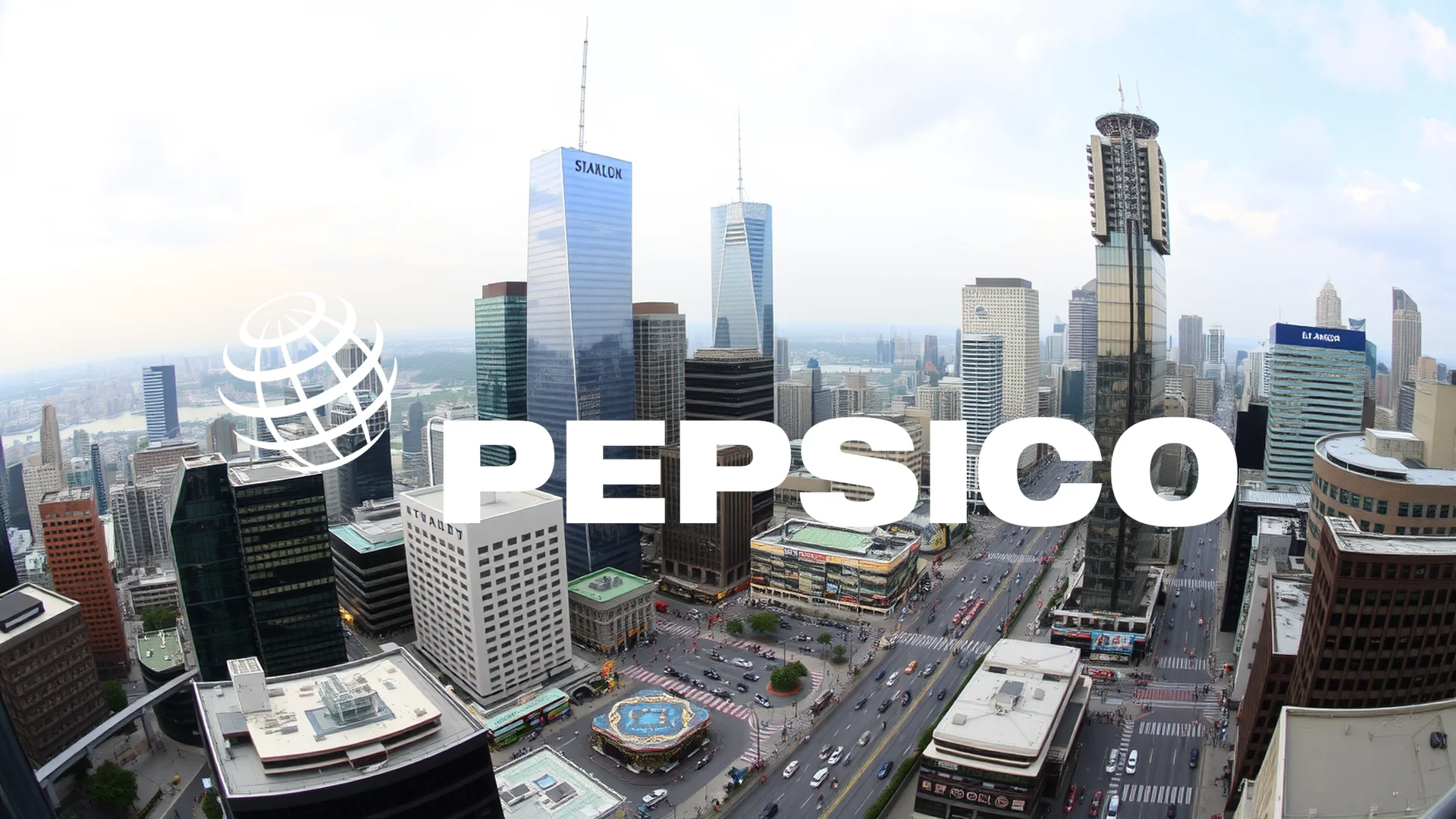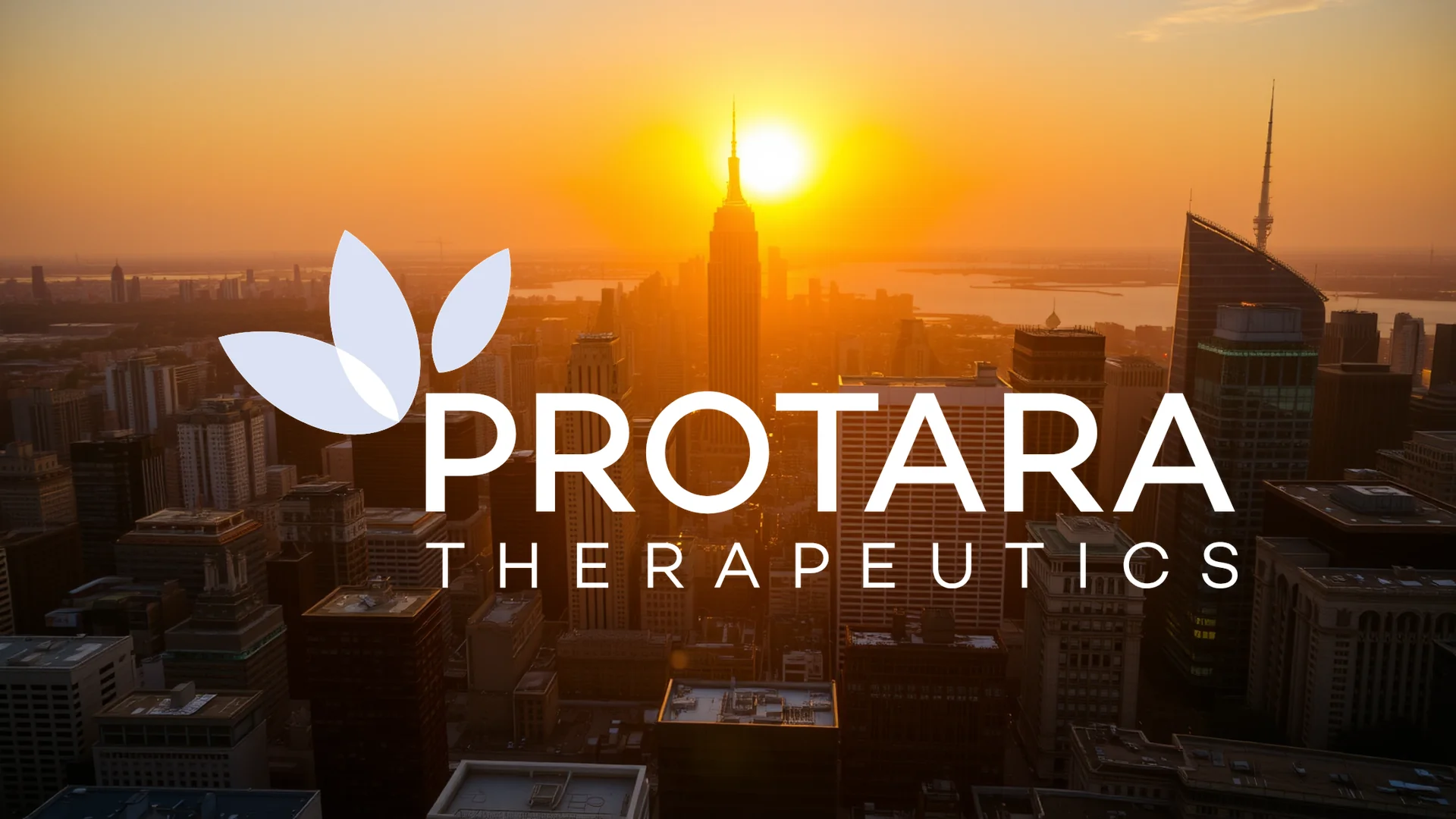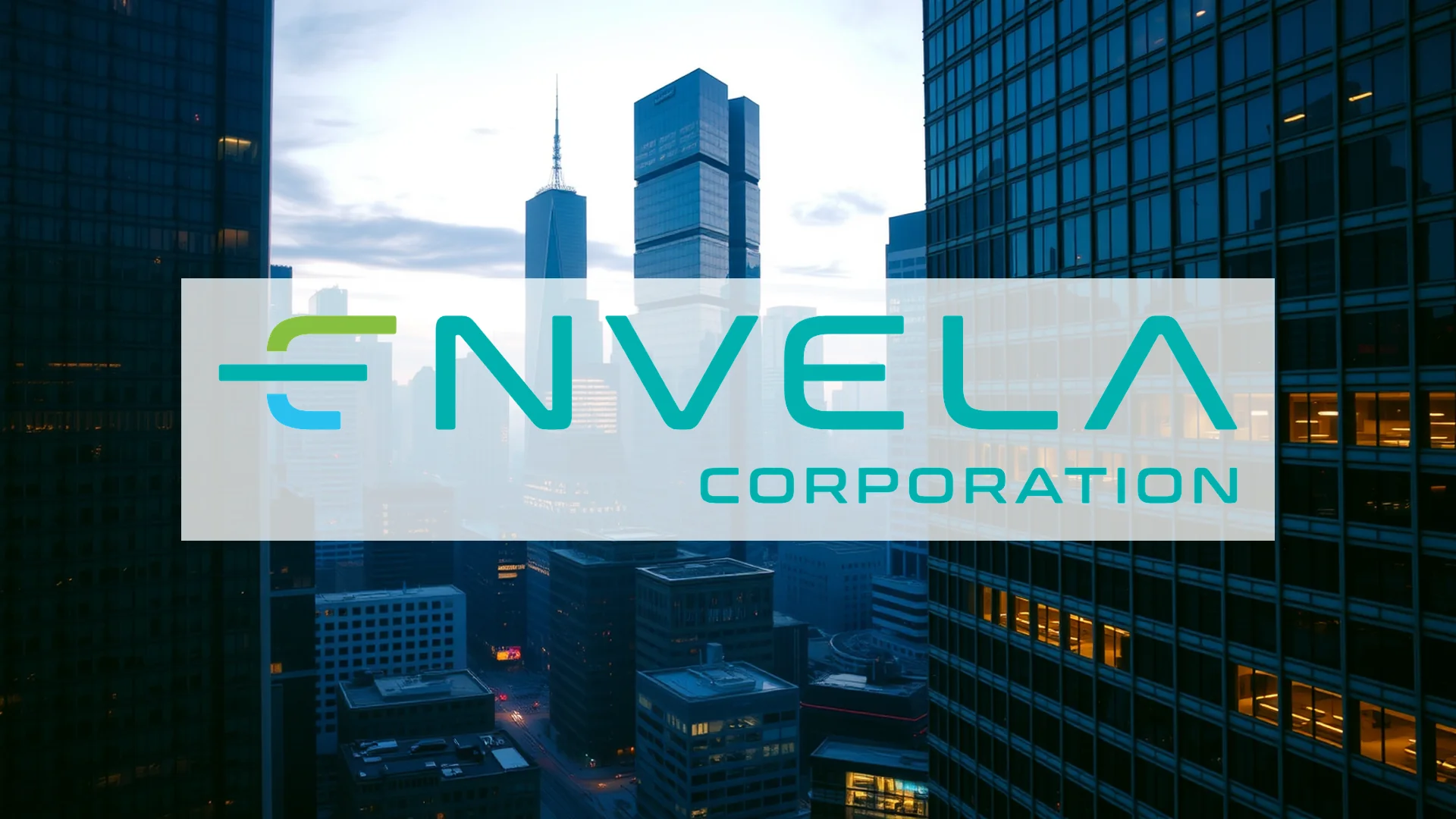Viking Therapeutics finds itself navigating complex challenges as it advances its obesity treatment portfolio. The company’s oral drug candidate, VK2735, presents a compelling risk-reward scenario for investors, with impressive efficacy data tempered by significant tolerability concerns emerging from recent clinical trials.
Competitive Landscape Intensifies Amid Promising Efficacy
The obesity treatment market continues to attract substantial investment, highlighted by Pfizer’s $4.9 billion acquisition of Metsera in September 2025. This move underscores the fierce competition developing around next-generation weight-loss medications. Viking is pursuing a dual-strategy approach with both injectable and oral formulations of VK2735, positioning itself in this rapidly expanding market estimated to reach over $100 billion by 2030.
Recent Phase 2 trial results from August 2025 demonstrated VK2735’s strong potential for weight reduction. Patients achieved up to 12.2% weight loss after 13 weeks of treatment, with an impressive 97% of participants reaching at least 5% weight reduction. Notably, the weight loss curve showed no signs of plateauing, suggesting potential for greater efficacy with extended treatment duration.
Tolerability Concerns Cloud Commercial Prospects
Despite promising efficacy, the VENTURE-Oral study revealed significant challenges. Discontinuation rates reached 38% in the high-dose cohort, primarily driven by gastrointestinal side effects including nausea and vomiting. While 99% of these adverse events were classified as mild to moderate, the high dropout rate raises questions about the oral formulation’s commercial viability.
The subcutaneous version of VK2735 may offer a more favorable profile, having demonstrated substantially lower discontinuation rates of just 13% in previous studies. Ongoing Phase 3 trials involving more than 5,600 patients will be crucial in determining whether Viking can successfully bring either formulation to market.
Should investors sell immediately? Or is it worth buying Viking Therapeutics?
Financial Strength Supports Continued Development
Viking enters this critical period with substantial financial resources, boasting $808 million in cash reserves. This strong position provides ample runway for continued development efforts. The company increased its research spending to $60.2 million in the second quarter of 2025, reflecting intensified clinical activity across its pipeline.
Beyond VK2735, Viking maintains a diversified development portfolio including treatments for NASH and a DACRA program. These additional assets could potentially mitigate risk associated with the obesity-focused pipeline.
Pivotal Months Ahead for Strategic Direction
The coming months will prove decisive for Viking’s future trajectory. Key milestones include upcoming data from Phase 3 trials of the injectable formulation and continued optimization work on the oral version. How effectively the company addresses tolerability issues will likely determine its ability to regain market confidence, with upcoming investor conferences serving as important indicators.
The path to commercialization remains challenging, but the substantial market opportunity continues to make obesity treatment development a potentially rewarding endeavor for companies that can successfully navigate the clinical and regulatory landscape.
Ad
Viking Therapeutics Stock: Buy or Sell?! New Viking Therapeutics Analysis from December 28 delivers the answer:
The latest Viking Therapeutics figures speak for themselves: Urgent action needed for Viking Therapeutics investors. Is it worth buying or should you sell? Find out what to do now in the current free analysis from December 28.
Viking Therapeutics: Buy or sell? Read more here...

